LAST UPDATED: 4/22/23 – Relying on National Parks and Conservation Areas

National Parks and Conservation Areas are dangerous? This may sound counter-intuitive at first thought, but if you see what is happening in Isle Royal National Park in the United States, the Gir Forest National Park in India, and the Ngorongoro Conservation Area in Tanzania, it may make more sense. We have become far too complacent in relying on national parks and conservation areas to conserve our wildlife populations.
National Parks and Conservation Areas were set up with all of the best intentions. The National Park Service in the United States describes its purpose to be, “to preserve and protect the natural and cultural resources for future generations”. If you ask the authority overseeing parklands in India and Tanzania, I am sure they would say something along the same lines.
However, even with these parks and conservation areas, many animals continue to be endangered and threatened. Habitat loss and poaching continue to be large issues that are becoming increasingly difficult to resolve. According to WWF Worldwide, 85% of the species on the IUCN Red List of Threatened Species are on there because of the threat of habitat loss. According to PoachingFacts.com, poaching is still a leading cause of death for animals like rhinoceros, elephants, leopards, tigers, and bears.
So, with habitat loss and poaching continuing to be issues that are proving to be increasingly difficult to solve, you may be wondering how National Parks and Conservation Areas can be bad ideas? The answer is, that they aren’t bad ideas. They just don’t go far enough. We shouldn’t be opposed to them, but we shouldn’t settle for relying on national parks and conservation areas to be enough in terms of conservation efforts.
The Case of Isle Royal National Park
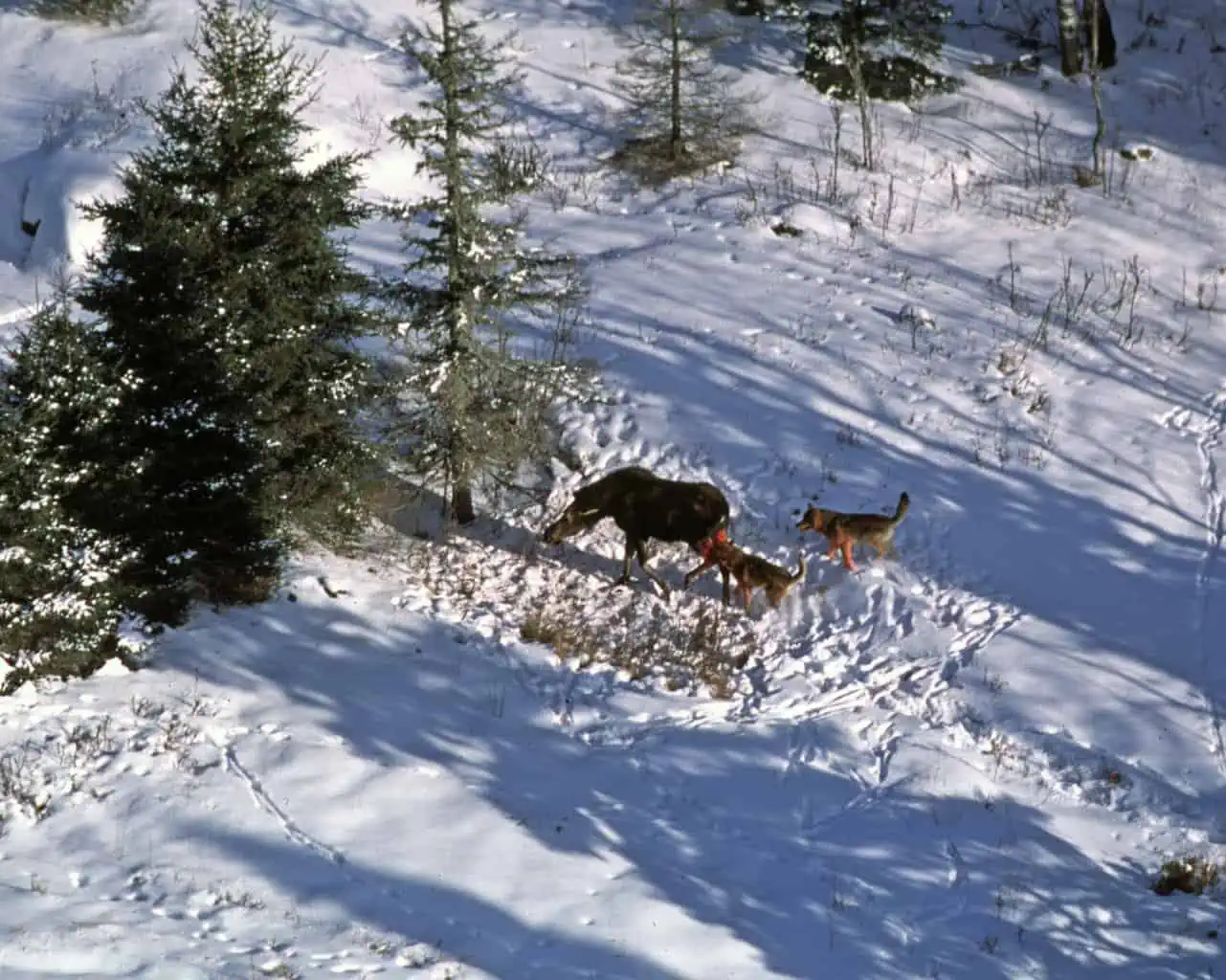
A great example of relying on national parks and conservation areas is what has happened on Isle Royal in the United States. Isle Royal National Park is a beautiful island cluster located in Lake Superior, near Michigan’s border with Canada. Isle Royal has long been famous for its wolf and moose interactions. The park has no roads, and few people visit the park, making it the ideal place to view the natural predator vs prey interaction of wolves and moose.
Over the decades, ice bridges in Lake Superior between the mainland and Isle Royal have allowed wolves to cross over onto the island. However, with ice bridges occurring less frequently in recent decades, fewer new wolves have been crossing over onto the island. This leaves the wolves of Isle Royal without new blood to breed, so inbreeding has become an increasing problem.
According to Science Daily, the once healthy wolf population on Isle Royal has diminished dramatically. In 2016, only two wolves remained on Isle Royal, and they were not only father and daughter, but they both shared the same mother. That is how bad the inbreeding on Isle Royal has gotten. As of December 2017, reports are that possibly only one wolf remains on Isle Royal.
Inbreeding can leave an animal population dangerously susceptible to disease and lower general physical health. Because of this, any outbreak of disease can decimate the population. According to IsleRoyalWolf.org, the disease has already decimated the population of wolves on Isle Royal in the past.
Back in 1980, the population of wolves on Isle Royal crashed when humans inadvertently introduced canine-parvovirus, which is a contagious virus that primarily affects dogs. Then during a record winter in 1996, the population collapsed again when an unexpected outbreak of moose ticks occurred.
If it weren’t for a lone male wolf who crossed over into Isle Royal from Canada in the late 1990s, inbreeding may have already wiped out the wolf population on Isle Royal. The introduction of his new blood on Isle Royal mitigated the issue for a short time, but the inevitable appears to be occurring now as inbreeding is again a major issue.
The National Park Service is debating whether or not to introduce new wolves to Isle Royal, which would introduce new blood to the island and temporarily eliminate the danger of inbreeding. It would also do wonders to evening out the ecosystem so that the deer and moose populations don’t rise uncontrollably. However, how long will that last? Without a steady introduction of new wolves into Isle Royal, history is certainly doomed to repeat itself.
The Case of the Gir Forest National Park
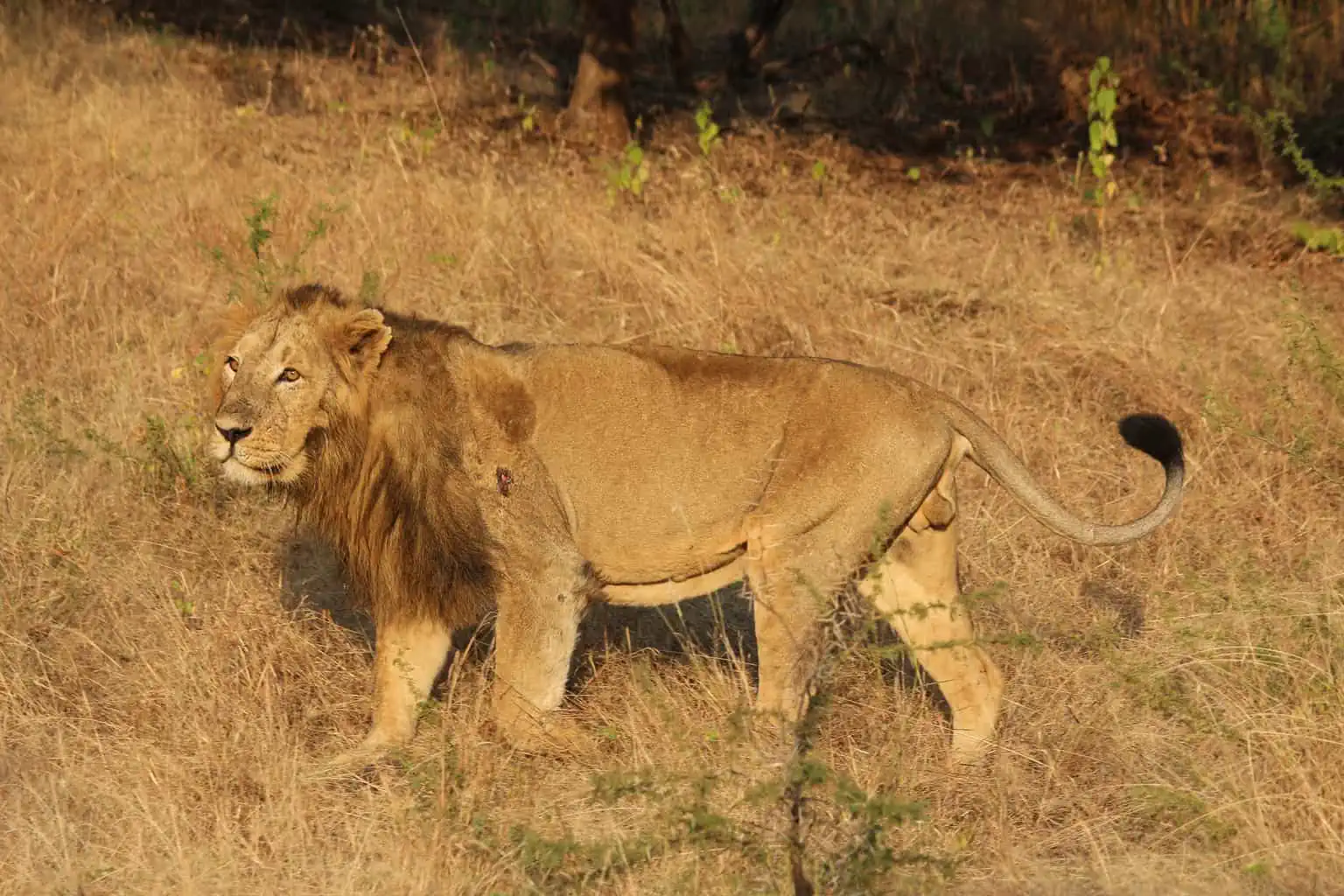
However, relying on national parks and conservation areas isn’t just a problem in the United States. When people think of safaris in India, the first thought that usually comes to mind is tigers. Well, the Gir Forest National Park in India isn’t famous for tigers, which is why it is less known than some of India’s other national parks. Instead, the Gir Forest National Park is known for being the last stand for this world’s Asiatic lion population.
According to the National Geographic Society, Asiatic lions used to roam over much of Europe, the Middle East, and Asia. However, today they are isolated in a small pocket of land that used to be a royal Indian hunting ground. That pocket of land is the Gir Forest National Park.
The good news is that the lion population in the Gir Forest has been increasing. According to The Guardian, a recent census of the population in 2015 showed that the number of lions inside the forest has grown to 523, which is a 27% increase from the number counted when the last census was conducted in 2010. That number was even lower in 2005 when only 359 lions were counted within the forest.
However, recent studies have shown that the Asiatic lions in Gir Forest National Park show very little DNA variation, which is likely the result of inbreeding. So even though the population of lions within the Gir Forest is currently growing, that population still remains very susceptible to an event (such as an outbreak of disease) wiping the population out.
The Case of the Ngorongoro Crater Conservation Area
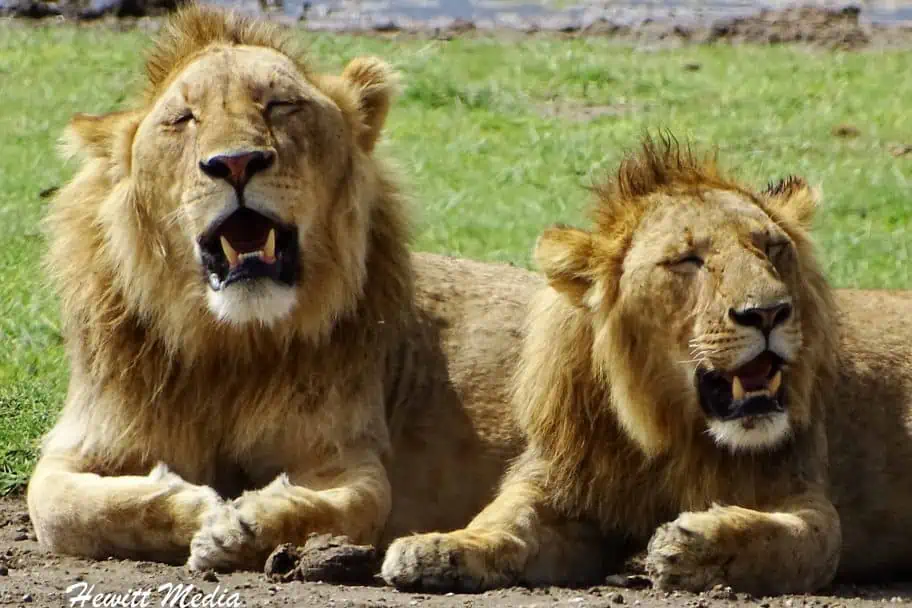
The final example of the dangers of relying on national parks and conservation areas that I want to discuss happens to be in Africa. The Ngorongoro Crater in Tanzania is an amazing place. Created when a large volcano exploded two to three million years ago, today the crater is a wildlife paradise.
The volcanic explosion littered the ground in and around the crater with nutrient-rich volcanic ash, making it some of the most fertile in the world. The crater also has water year-round, which makes it prime real estate for a variety of grass-eating animals.
It is that abundance of grass-eating animals that makes the Ngorongoro Crater such an appealing place for large predators, including lions. However, unlike their grass-eating prey, lions have a much more difficult time coming and going from the crater.
Lions that wander from the Ngorongoro Crater are at a real risk of being killed for either ritualistic or retaliatory reasons. The area surrounding the Ngorongoro Crater is used by the Masaai people to graze their cattle, and the Masaai depend on the cattle for their livelihood. Should a lion kill a cow, the Masaai have been known to take retribution by hunting and killing the offending lion or lions.
In addition, although the Masaai ritual of lion hunting as a right of passage has been banned in East Africa, it is not unheard of to see this ritual carried out in remote villages near and around the Ngorongoro Crater.
For these reasons, the lions of the Ngorongoro Crater are essentially trapped in their Garden of Eden. That might sound like a sweet deal, but it has led to rampant inbreeding in the population of lions within the crater and all of the complications that go with that. For instance, between 1994 and 2001, outbreaks of canine distemper virus took a toll on the lion population within the crater, with a low mark of just 29 lions in 1998.
Thankfully, there has been some effort in recent years to mitigate the conflicts between the Maasai people and the lions of the Ngorongoro Crater. It is going to take continued efforts like this, as well as a more sound conservation strategy, to save the lions of Ngorongoro Crater in the long run.
Wildlife Corridors – The Needed Solution
If you haven’t been able to tell by now, the purpose of this article isn’t to slam national parks and conservation areas. We believe the world’s parks and conservation areas are a great thing. Not only do they set aside the most beautiful areas of this world for future generations to enjoy, but they also help preserve the habitat for some of this world’s most critically endangered species.
With that said, national parks and conservation areas alone will not save some of this world’s most threatened animals. We cannot continue relying on national parks and conservation areas.
As we have seen with the wolves on Isle Royal, the lions in the Gir Forest, and the lions in Ngorongoro Crater, isolating a population to one area without allowing new blood to come and go isn’t going to save these species in the long run. Eventually, inbreeding will leave these animals much more susceptible to disease and they will ultimately all die off. It’s just a matter of time.
That is why national parks and conservation areas can be dangerous concepts. If we get lulled into the belief that these parks and conservation areas alone will save these endangered animals, then we are no longer working to save them. We are just prolonging the inevitable.
Instead of being content with national parks and conservation areas, we need to be working towards the establishment of wildlife corridors. Wildlife corridors are links between several larger, isolated habitats that allow animals to move freely between them. So instead of being isolated to just one national park or conservation area, animals can move between several.
For instance, the Wildlands Network has a proposed set of wildlife corridors that it would like to see created in North America. These corridors would allow the free movement of animals throughout North America and help to protect the most endangered of species from habitat loss long-term.
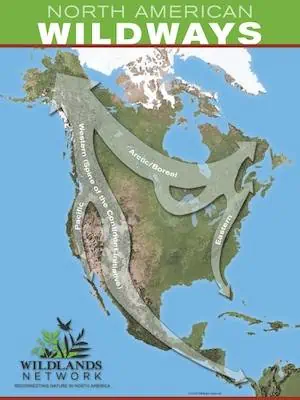
There have also been considerable efforts in Asia to create a wildlife corridor to help protect the world’s dwindling tiger populations. The establishment of this corridor has come a long way since its conception, and it will do wonders to protect wild tigers in the future.
We fully support the efforts to create wildlife corridors. Not just in North America, but in other parts of the world as well. What are your thoughts? Do you think wildlife corridors are important to the future survival of endangered species? In what ways can we approach outreach and teaching of the public so that we don’t become complacent in our conservation efforts? We want to hear from you.
Don’t Forget to Subscribe to My Adventures!

Let Me Help You Save On Your Next Adventure!

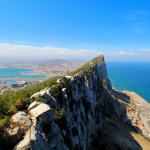
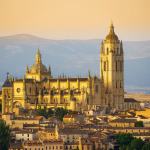


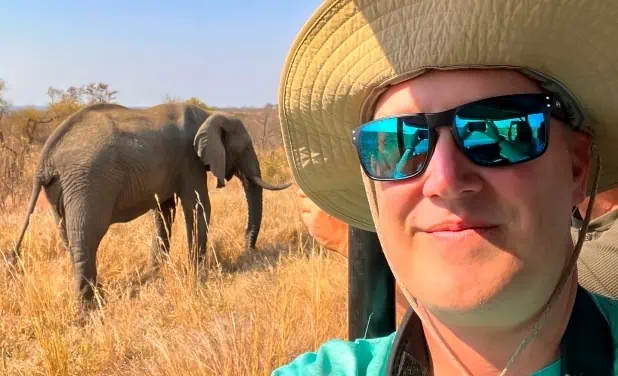
You are right in pointing out the way humans are isolating wildlife populations and the need for corridors to allow proper DNA exchange for healthy animals. The struggle is very difficult politically and the current administration is making it worse. The issue with the Lake Superior wolves, though, is not the same as the other examples you’ve cited. These are essentially natural processes and islands have always had ecological issues based on their very geological limitations. That is not a human-caused problem. The other large island in Lake Superior, Michipicoten, acquired wolves which crossed the ice in 2014. The wolves there have been decimating the caribou population on that island. But this is a natural process. People are trying to interfere. The island wildlife should just be left alone. That is my opinion as an environmental biologist.
Understood Eilene. I used the example of the Isle Royal wolves more to point out exactly what the ultimate fate of any isolated wildlife population. They are the most poignant example. I do agree that it is more Mother Nature’s doing than our own in their example. However, some people are trying to isolate wolves to Yellowstone. That may be a better example of humans isolating wolves in North America. Thanks for your feedback! Love the discussion 😀👍
Let them roam!! (I love predators.) It’s easy to get sentimental about things like the wolves and caribou dying off in Lake Superior, because nature can seem cruel to us.
No doubt Eilene. No doubt.
Hi guys! Just to let you know I nominated you for a Sunshine Blogger award 🙂
https://wonderlustqueen2.wordpress.com/2018/02/14/sunshine-blogger-award/
Thank you so much Caterina!! That was so thoughtful of you! Oh my gosh, you are so kind 🙂
I love your blog!
I love your blog as well!
Thanks!
Hi Caterina! As promised, here is our post with our nominations. Thanks again for nominating us 🙂
https://wanderlustphotosblog.com/2018/02/15/sunshine-blogger-award/
Awesome! Let me check it out 🙂